 December 12, 1980: Apple goes public, floating 4.6 million shares on the stock market at $22 per share. The Apple IPO becomes the biggest tech public offering of its day. And more than 40 out of 1,000 Apple employees become instant millionaires.
December 12, 1980: Apple goes public, floating 4.6 million shares on the stock market at $22 per share. The Apple IPO becomes the biggest tech public offering of its day. And more than 40 out of 1,000 Apple employees become instant millionaires.
As Apple’s biggest shareholder, 25-year-old Steve Jobs ends the day with a net worth of $217 million. However, the big payday triggers internal tensions as it highlights Cupertino’s class divide.
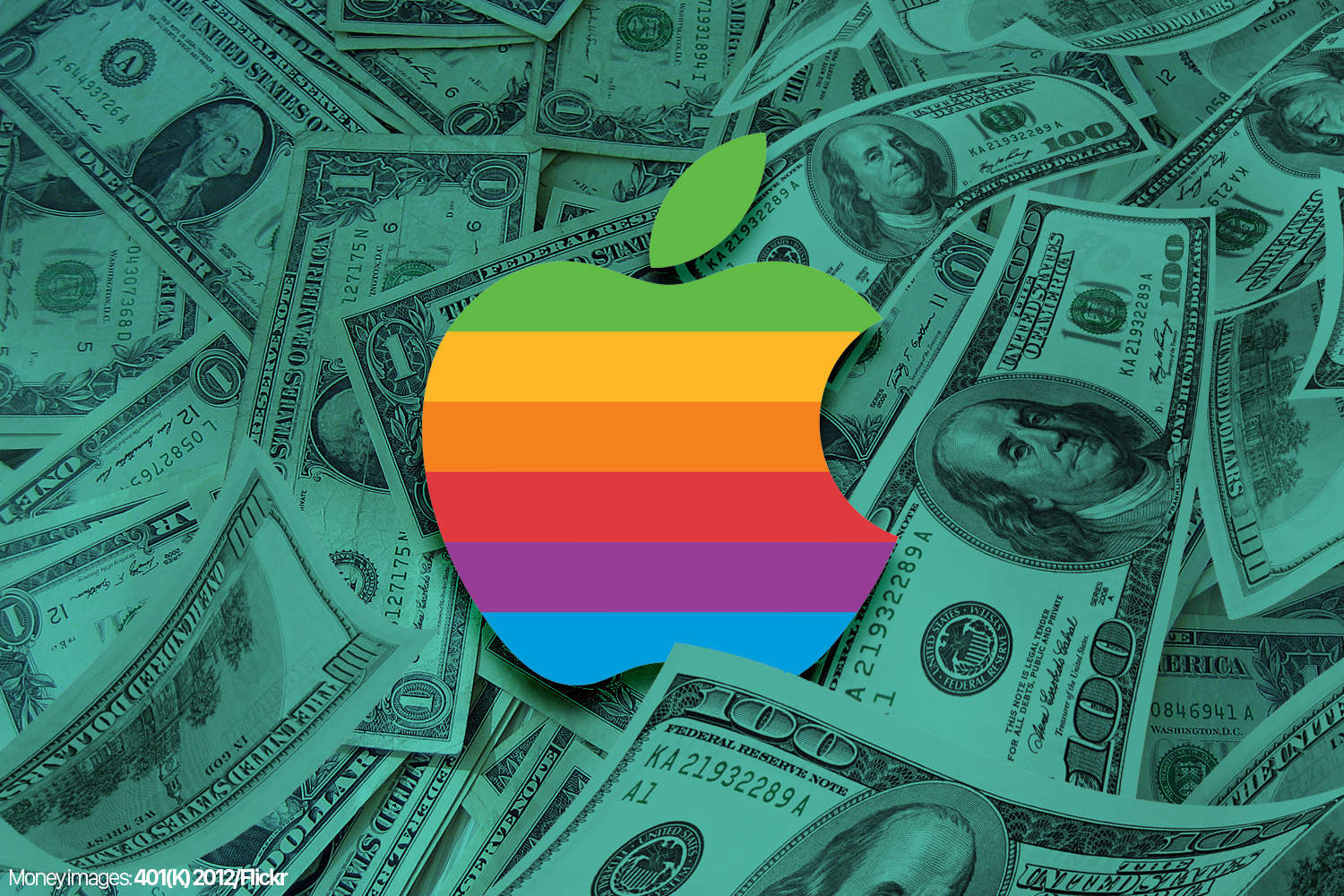


 December 11, 2013: A Chinese labor rights group calls on Apple to investigate the deaths of several workers at a Shanghai factory run by iPhone manufacturer Pegatron.
December 11, 2013: A Chinese labor rights group calls on Apple to investigate the deaths of several workers at a Shanghai factory run by iPhone manufacturer Pegatron.
 December 10, 2012: Apple fixes an early Apple Maps error that caused several motorists in Victoria, Australia, to become stranded in the remote Murray-Sunset National Park.
December 10, 2012: Apple fixes an early Apple Maps error that caused several motorists in Victoria, Australia, to become stranded in the remote Murray-Sunset National Park.
 December 9, 2011: Apple opens a store in New York’s fabled Grand Central Terminal, the company’s fifth Manhattan retail outlet.
December 9, 2011: Apple opens a store in New York’s fabled Grand Central Terminal, the company’s fifth Manhattan retail outlet.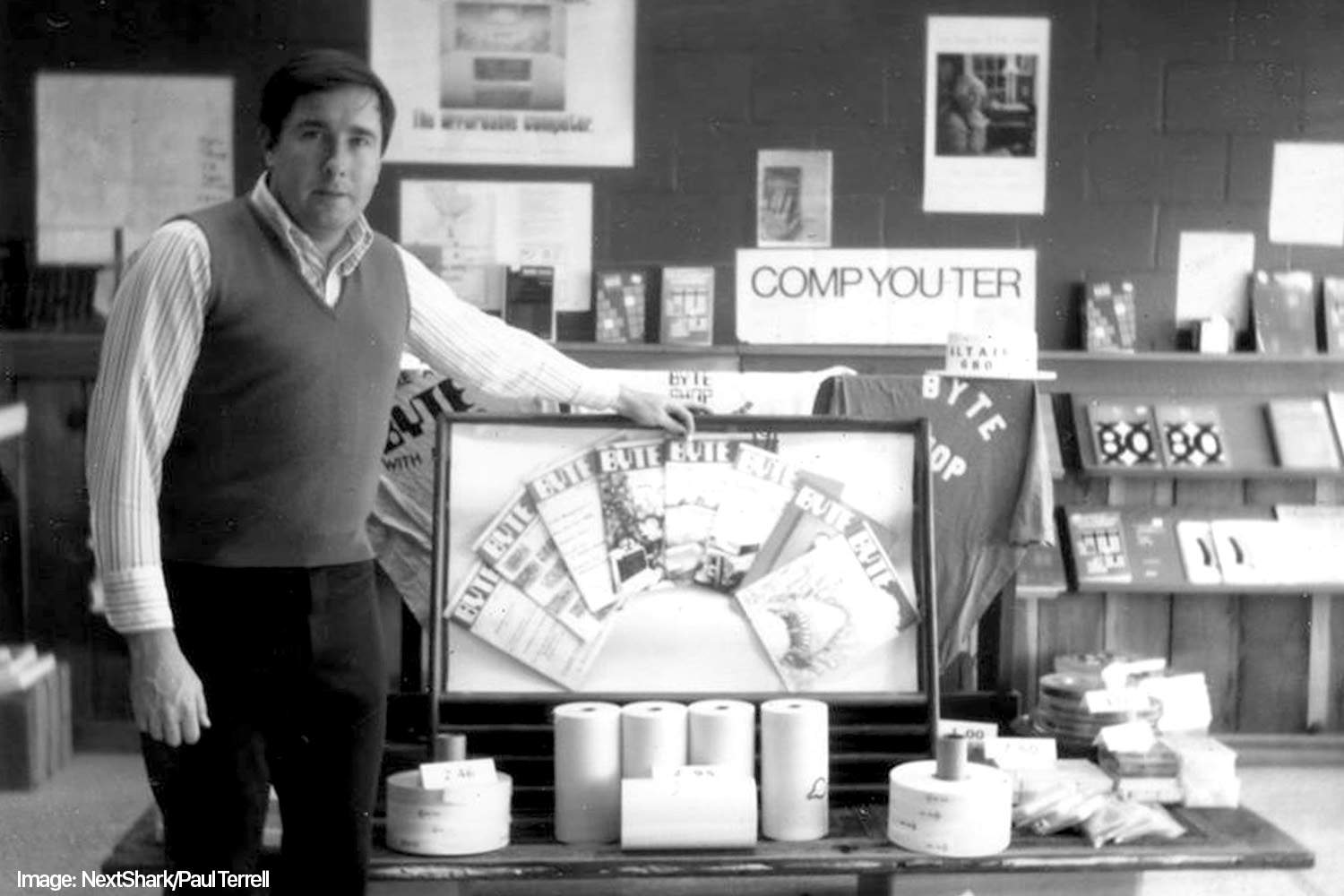
 December 8, 1975: San Francisco Bay Area entrepreneur Paul Terrell opens the Byte Shop, one of the world’s first computer stores — and the first to sell an Apple computer.
December 8, 1975: San Francisco Bay Area entrepreneur Paul Terrell opens the Byte Shop, one of the world’s first computer stores — and the first to sell an Apple computer.
 December 7, 2007: Apple opens its magisterial store on West 14th Street in New York City. The new Apple Store features a three-story glass staircase deemed the most complex ever made.
December 7, 2007: Apple opens its magisterial store on West 14th Street in New York City. The new Apple Store features a three-story glass staircase deemed the most complex ever made.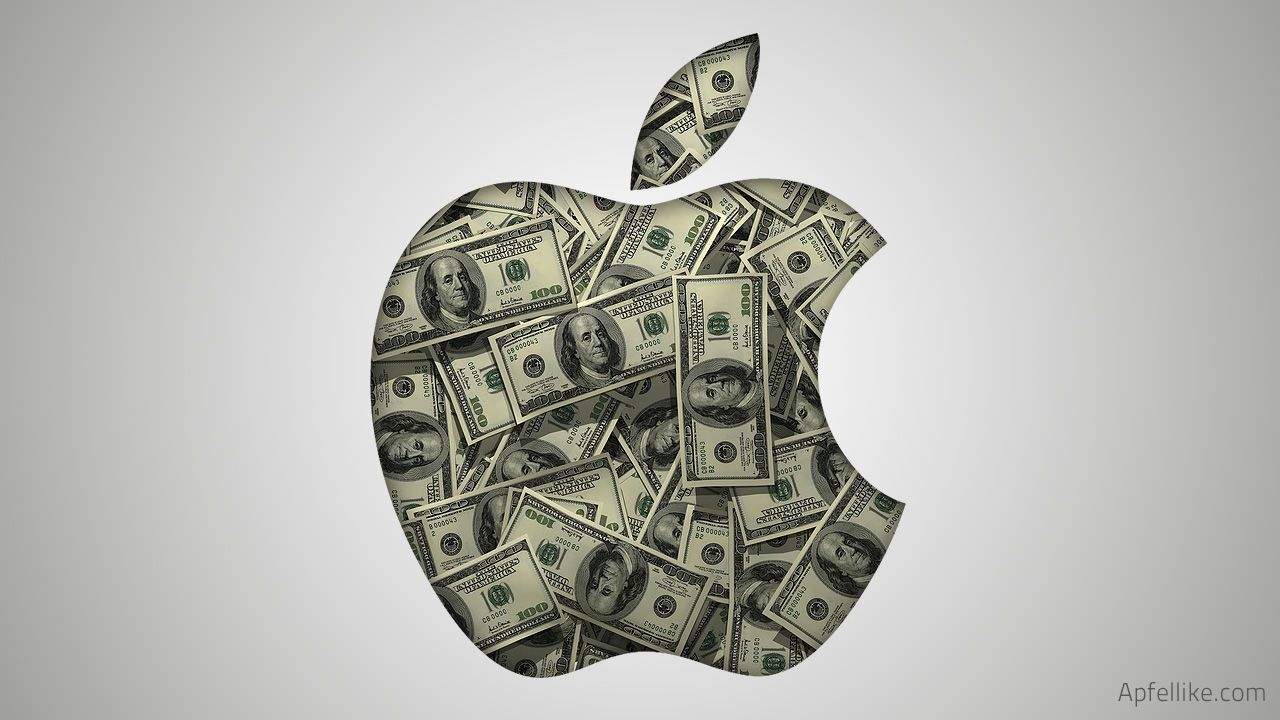
 December 6, 2000: Apple Computer’s stock price falls after the company posts its first quarterly loss since Steve Jobs’ return to Cupertino in 1997.
December 6, 2000: Apple Computer’s stock price falls after the company posts its first quarterly loss since Steve Jobs’ return to Cupertino in 1997.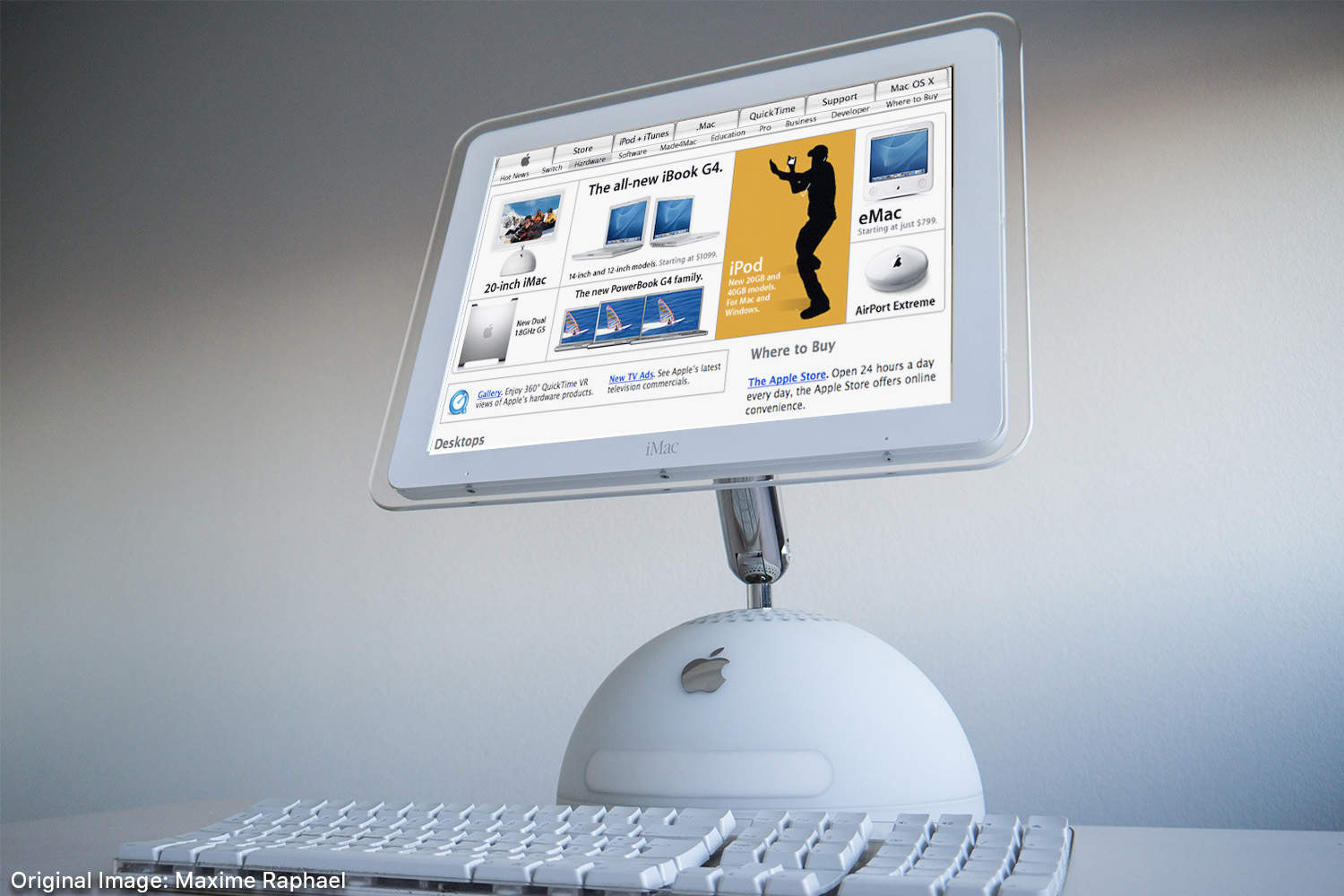
 December 5, 2002: Cupertino says it served its millionth unique customer in the Apple Store online, marking a significant milestone for the company. It is a benchmark worth celebrating for Apple, which launched its online store just five years earlier.
December 5, 2002: Cupertino says it served its millionth unique customer in the Apple Store online, marking a significant milestone for the company. It is a benchmark worth celebrating for Apple, which launched its online store just five years earlier.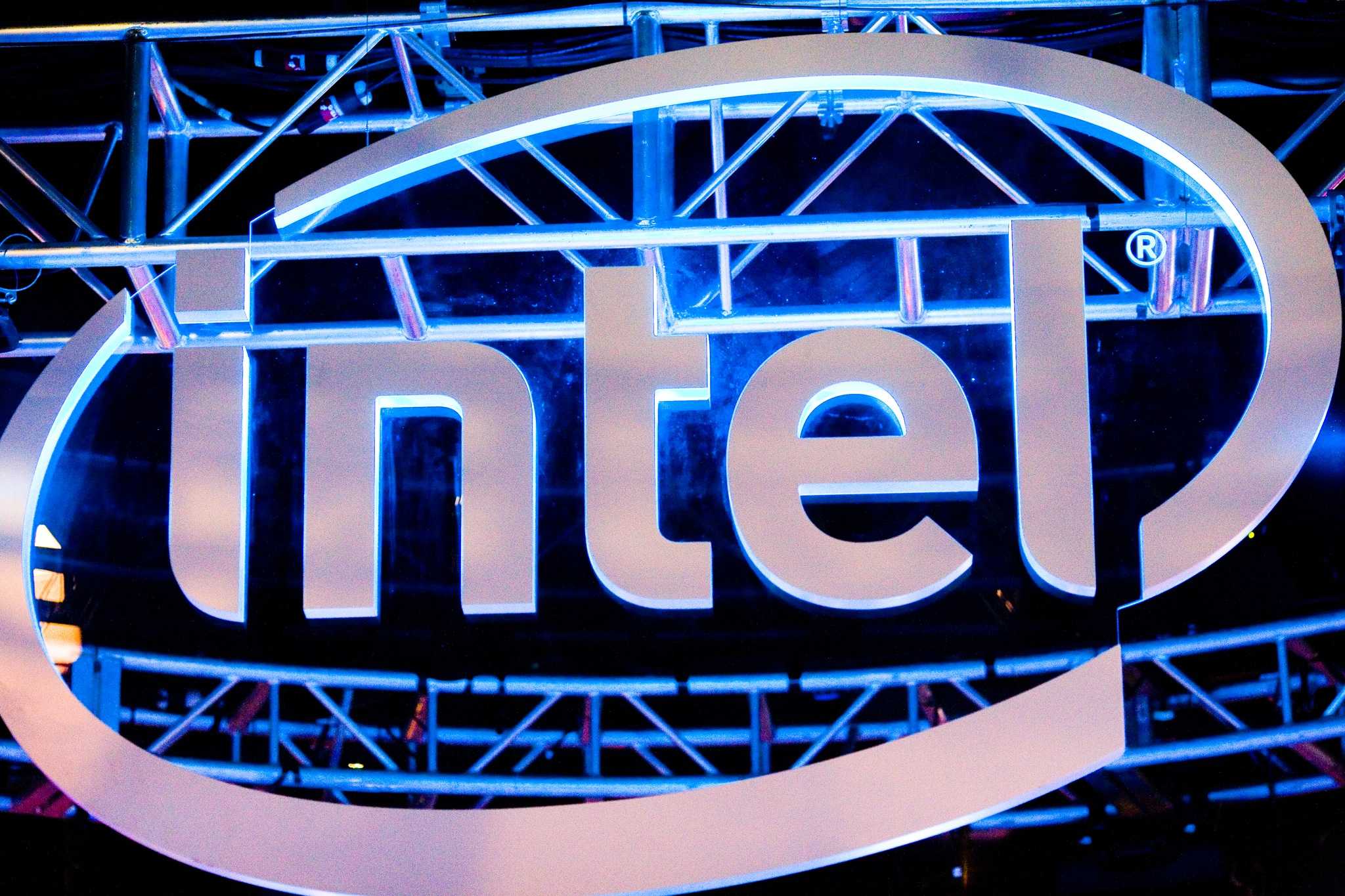
 December 4, 1992: Apple engineers demonstrate a “proof of concept” of the Mac operating system running on an Intel computer. More than a decade before
December 4, 1992: Apple engineers demonstrate a “proof of concept” of the Mac operating system running on an Intel computer. More than a decade before 
 December 3, 2012: News Corp pulls the plug on The Daily, the world’s first iPad-only newspaper, less than two years after launching the publication.
December 3, 2012: News Corp pulls the plug on The Daily, the world’s first iPad-only newspaper, less than two years after launching the publication.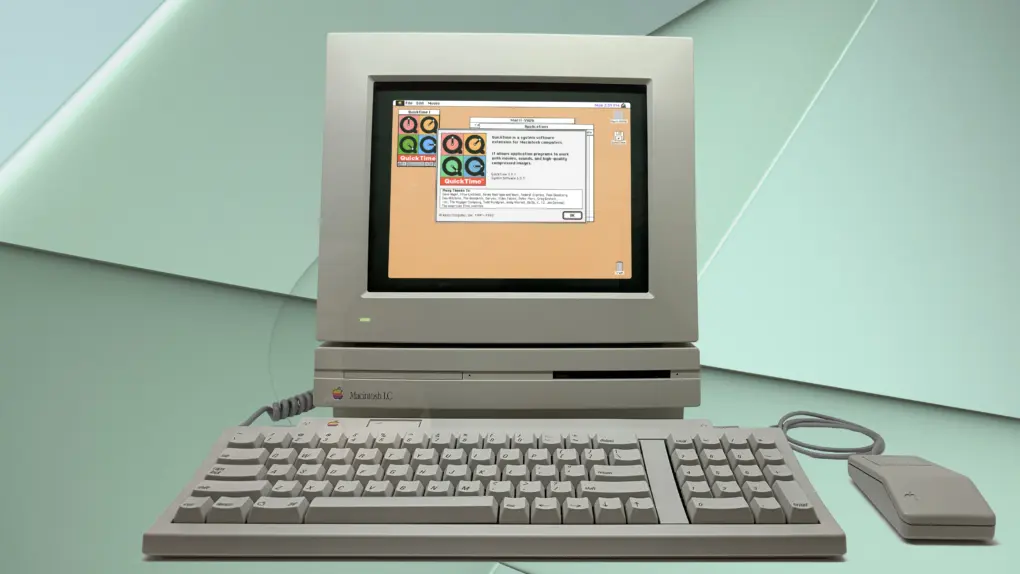
 December 2, 1991: Apple ships its first public version of the QuickTime player, bringing video to Mac users running System 7.
December 2, 1991: Apple ships its first public version of the QuickTime player, bringing video to Mac users running System 7.
 December 1, 1981: After the disastrous rollout of the “next-gen” Apple III in 1980, Apple releases a revised edition of the computer that corrects most of its glaring hardware faults.
December 1, 1981: After the disastrous rollout of the “next-gen” Apple III in 1980, Apple releases a revised edition of the computer that corrects most of its glaring hardware faults.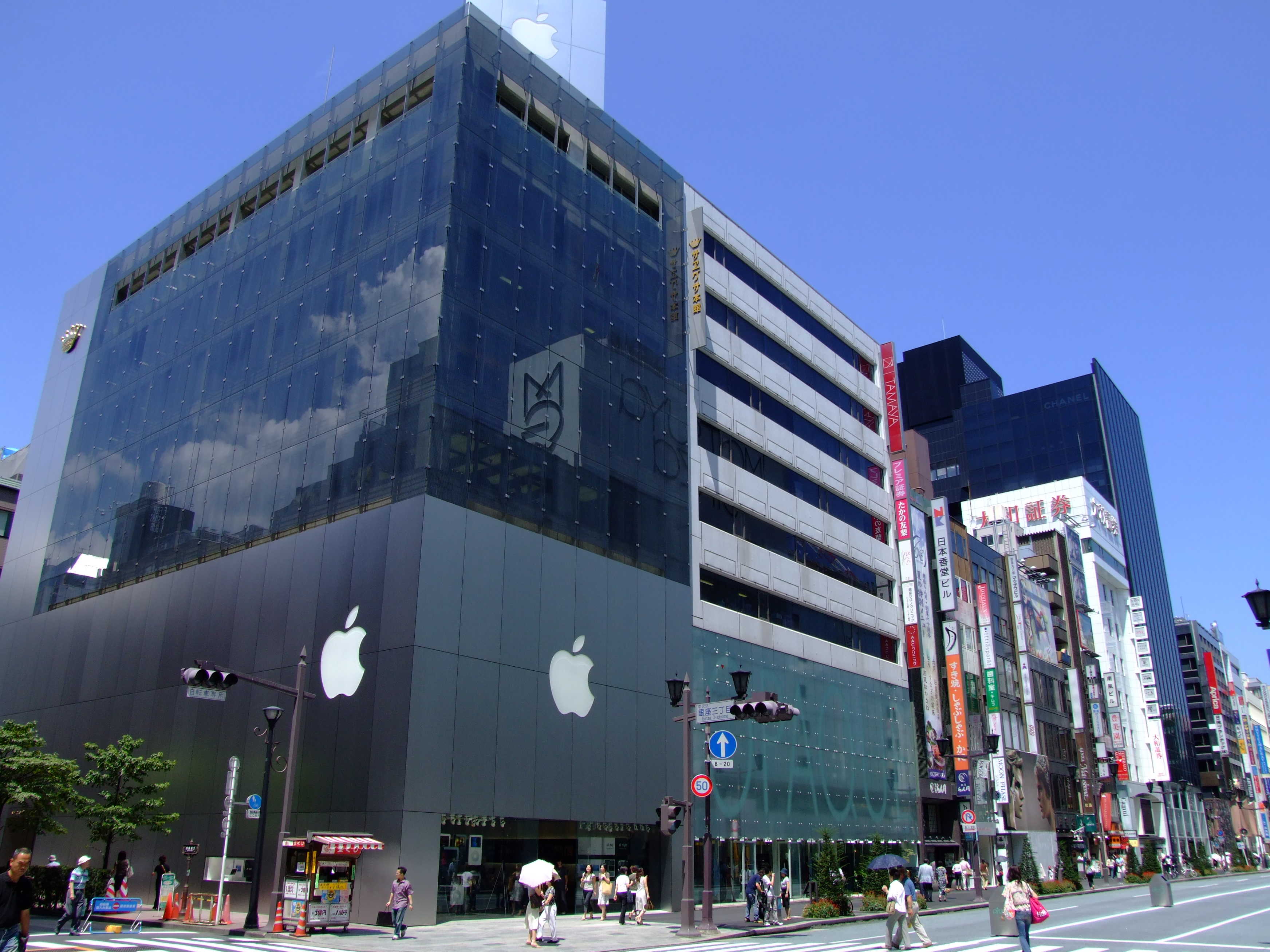
 November 30, 2003: Apple expands its retail chain outside the United States for the first time, opening Apple Store Ginza in Tokyo’s trendy shopping district.
November 30, 2003: Apple expands its retail chain outside the United States for the first time, opening Apple Store Ginza in Tokyo’s trendy shopping district.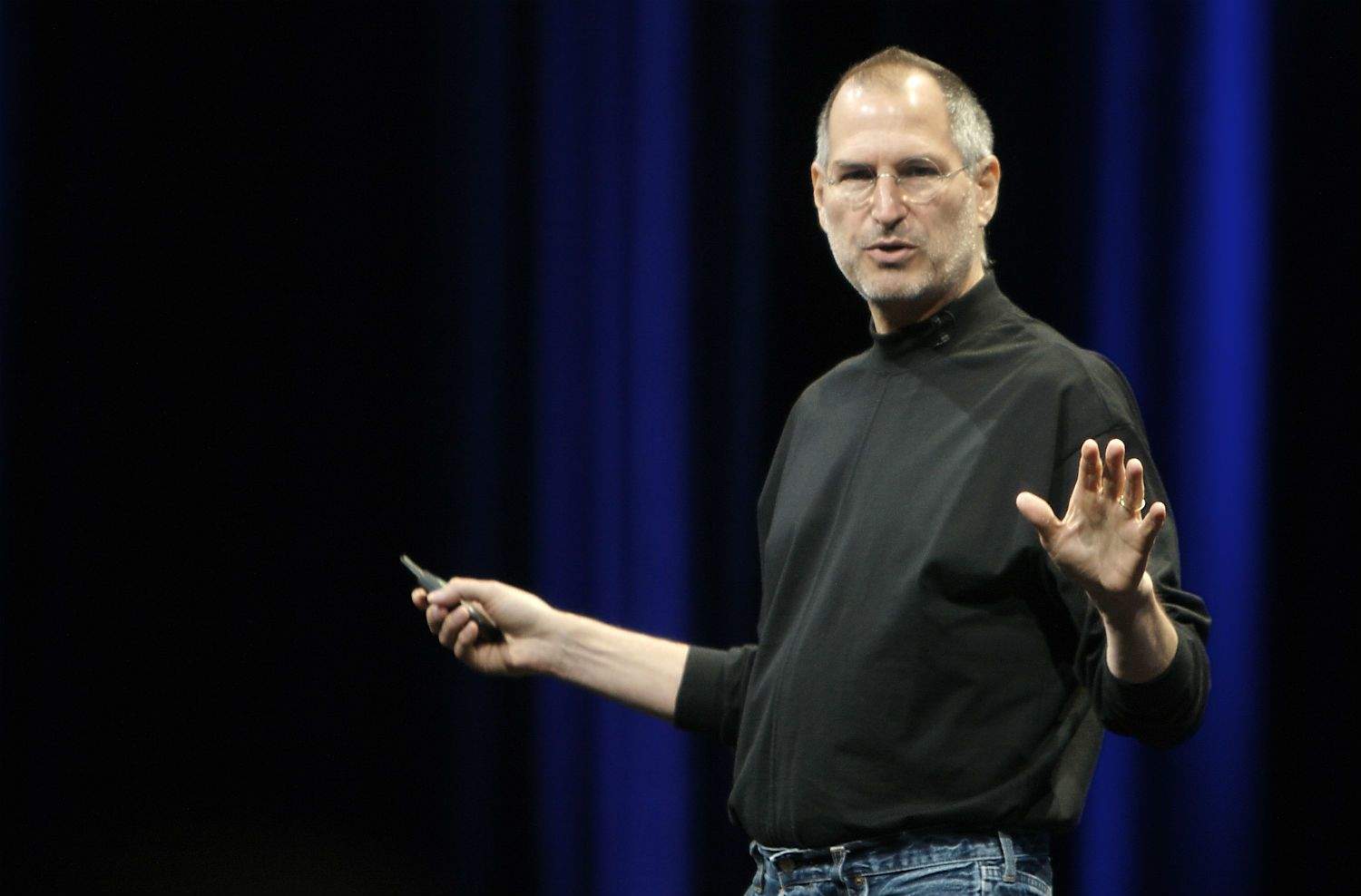
 November 29, 1995: Capitalizing on the success of Toy Story, Pixar floats 6.9 million shares on the stock market. The Pixar IPO makes Apple co-founder
November 29, 1995: Capitalizing on the success of Toy Story, Pixar floats 6.9 million shares on the stock market. The Pixar IPO makes Apple co-founder 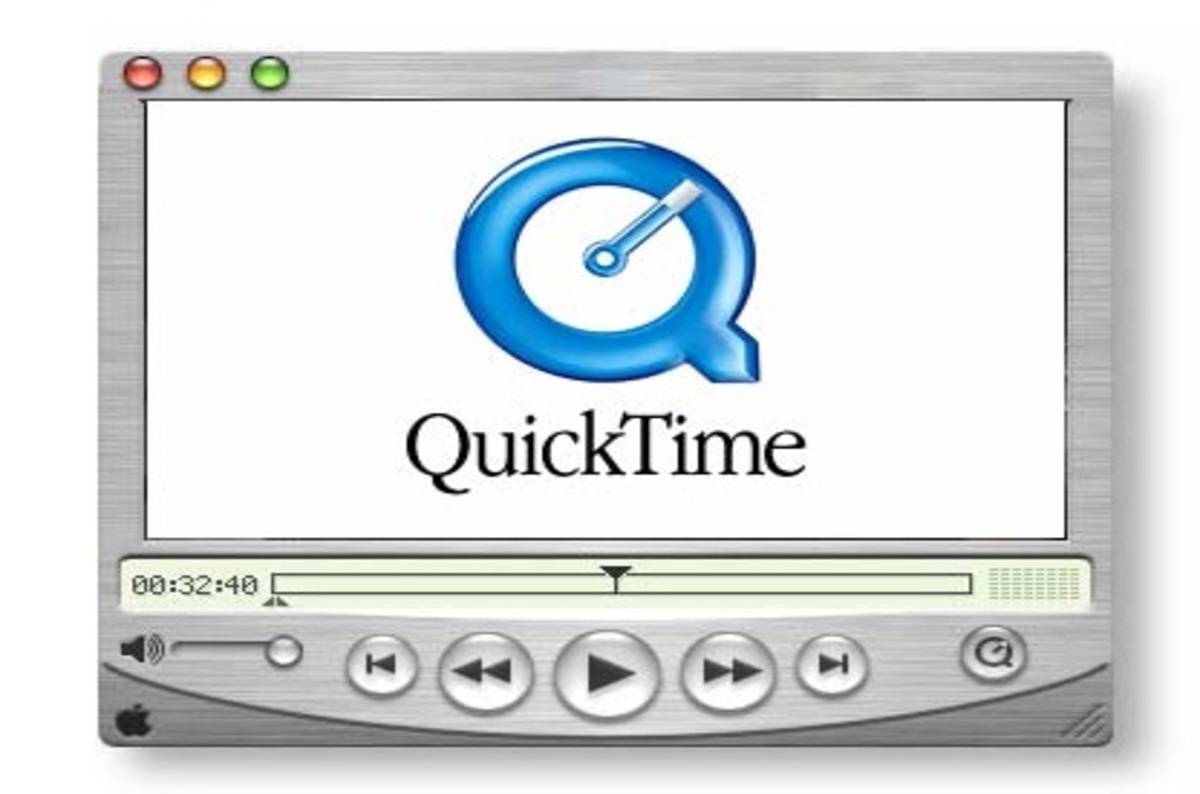
 November 28, 2001: People download QuickTime 5 for Mac and PC a million times every three days, Apple says, putting the multimedia software on track to exceed 100 million downloads in its first year of distribution. The announcement comes as websites adopt the MPEG-4 format, and online video begins to take off in a big way.
November 28, 2001: People download QuickTime 5 for Mac and PC a million times every three days, Apple says, putting the multimedia software on track to exceed 100 million downloads in its first year of distribution. The announcement comes as websites adopt the MPEG-4 format, and online video begins to take off in a big way.
 November 27, 2012: Apple fires the manager responsible for the disastrous Apple Maps launch in iOS 6 after the glitchy software delivers embarrassingly bad data to users around the world.
November 27, 2012: Apple fires the manager responsible for the disastrous Apple Maps launch in iOS 6 after the glitchy software delivers embarrassingly bad data to users around the world.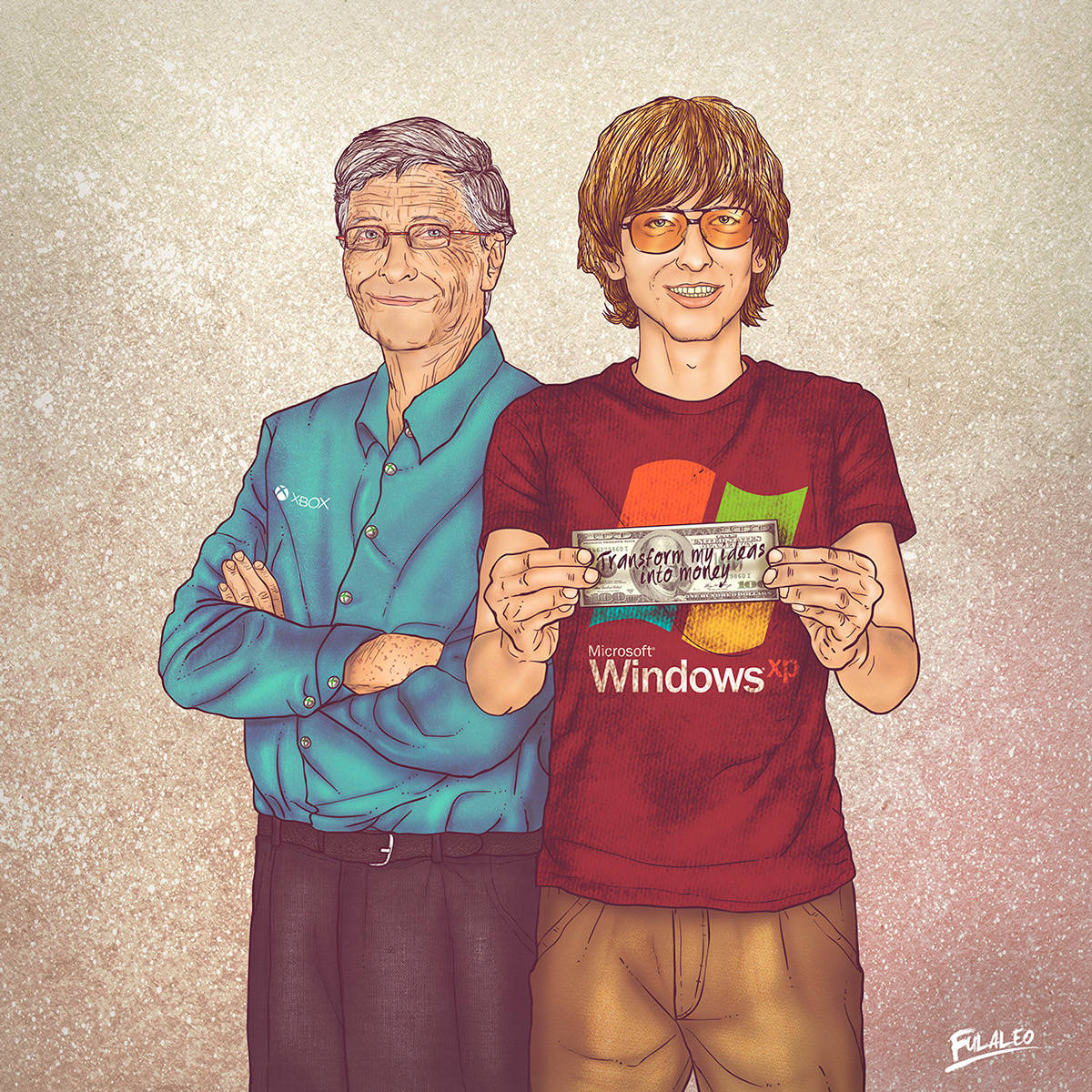
 November 26, 1984: Microsoft co-founder Bill Gates praises Apple’s newly arrived Macintosh as the future of personal computing.
November 26, 1984: Microsoft co-founder Bill Gates praises Apple’s newly arrived Macintosh as the future of personal computing.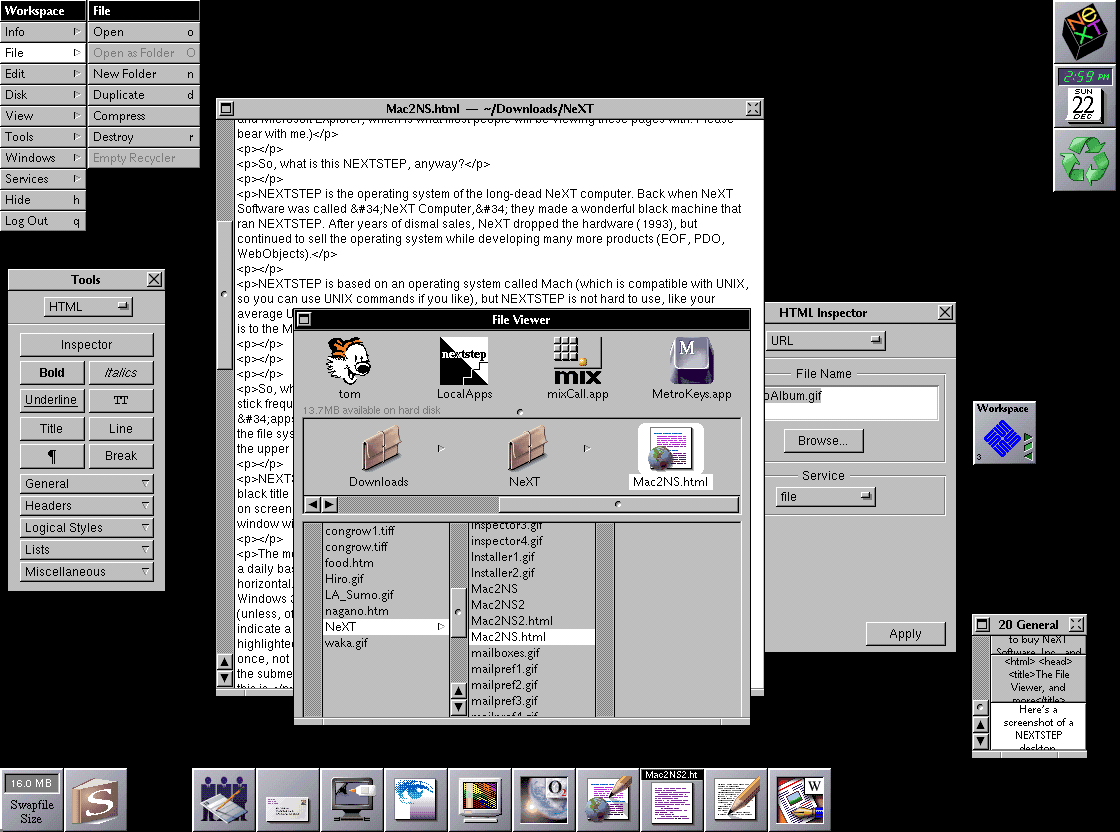
 November 25, 1996: A midlevel manager at NeXT contacts Apple about the possibility of Cupertino licensing NeXT’s OpenStep operating system. The phone call sows the seeds of Mac OS X and Apple’s rejuvenation.
November 25, 1996: A midlevel manager at NeXT contacts Apple about the possibility of Cupertino licensing NeXT’s OpenStep operating system. The phone call sows the seeds of Mac OS X and Apple’s rejuvenation.
 November 24, 1999: Apple co-founder Steve Jobs gets another feather in his cap when Toy Story 2, the sequel to the 1995 Pixar hit, debuts in theaters. It goes on to become the first animated sequel in history to gross more than the original.
November 24, 1999: Apple co-founder Steve Jobs gets another feather in his cap when Toy Story 2, the sequel to the 1995 Pixar hit, debuts in theaters. It goes on to become the first animated sequel in history to gross more than the original.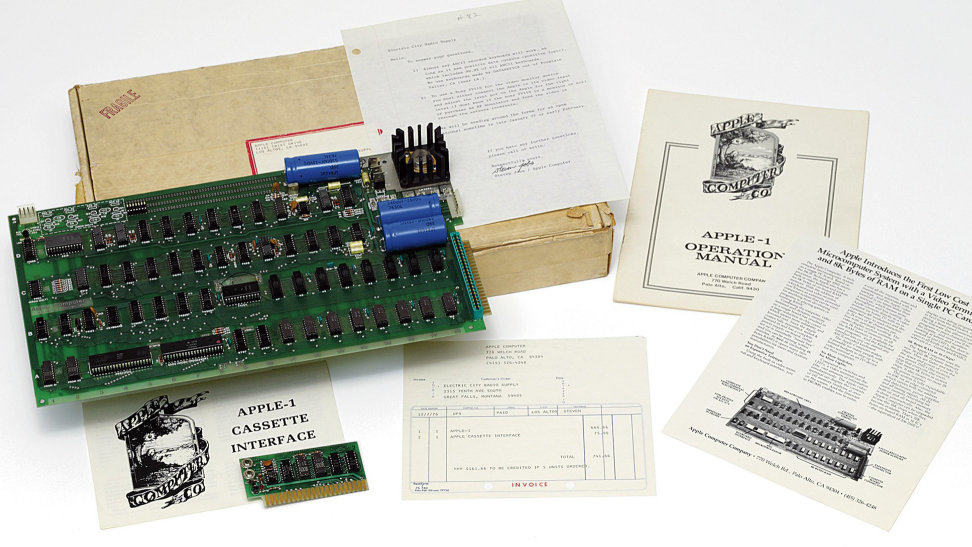
 November 23, 2010: An early
November 23, 2010: An early 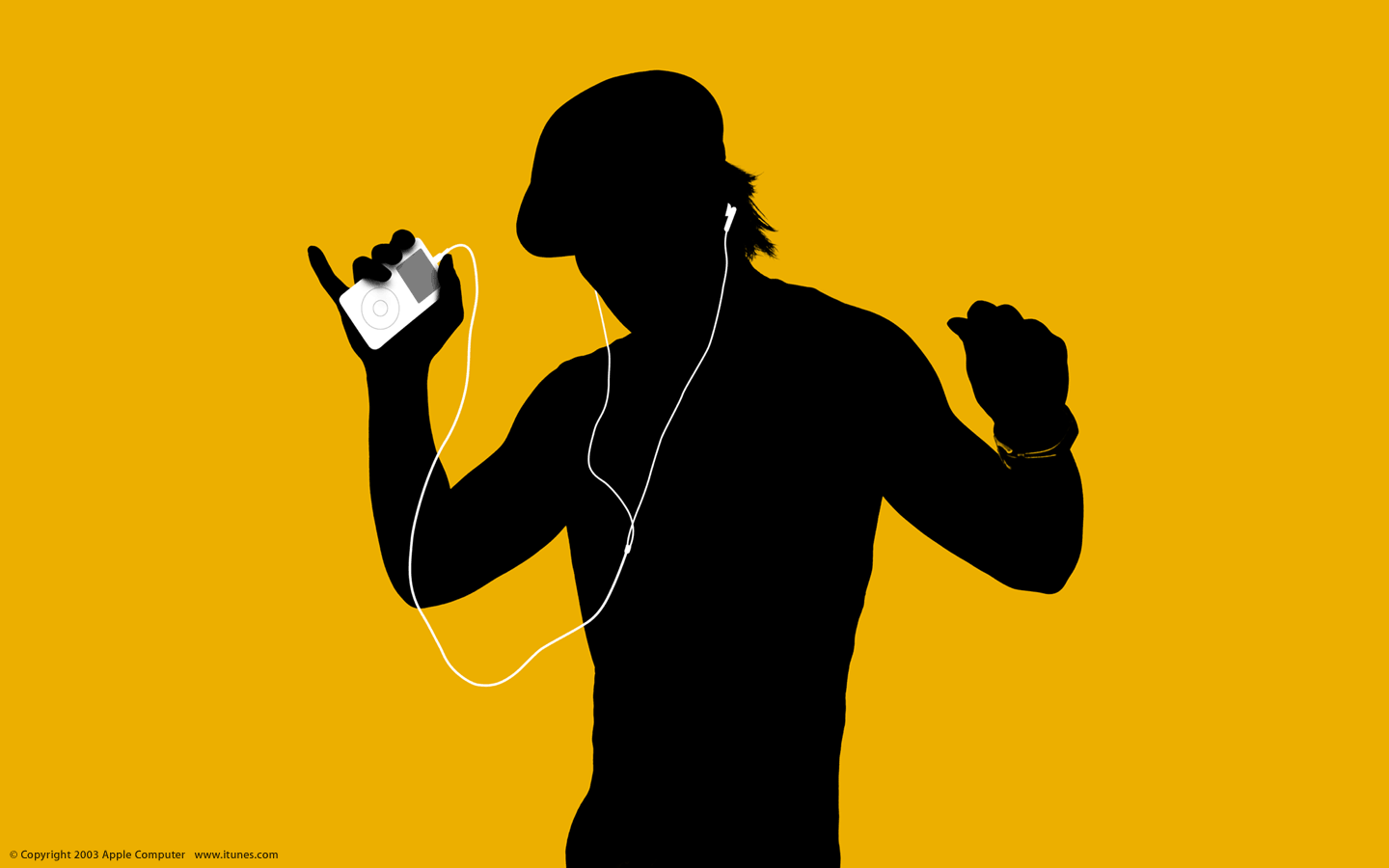
 November 22, 2005: Two-and-a-half years
November 22, 2005: Two-and-a-half years 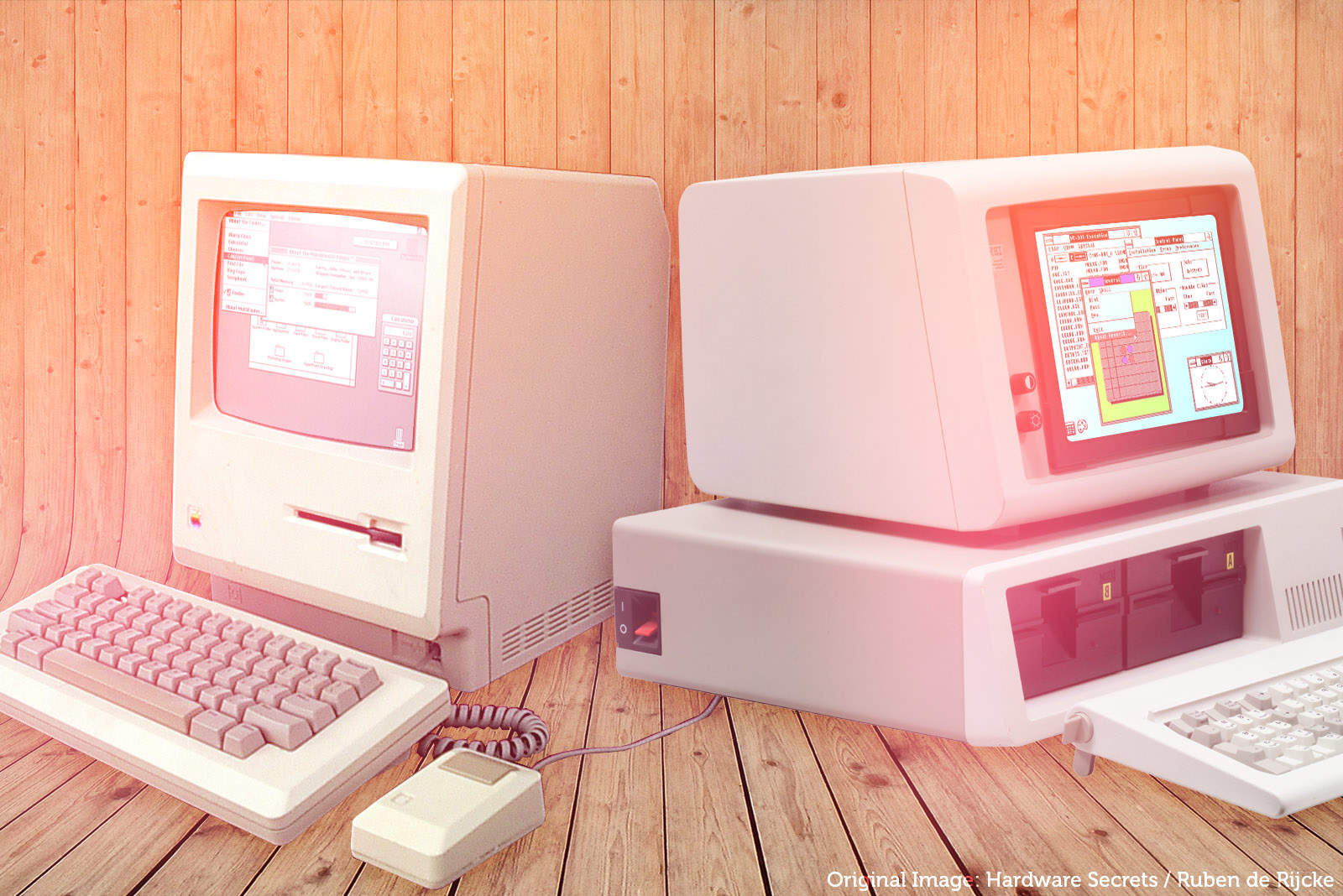
 November 21, 1985: Following
November 21, 1985: Following 
 November 20, 2007: In a milestone for iTunes movie distribution, Purple Violets becomes the first feature film to launch exclusively on Apple’s platform.
November 20, 2007: In a milestone for iTunes movie distribution, Purple Violets becomes the first feature film to launch exclusively on Apple’s platform.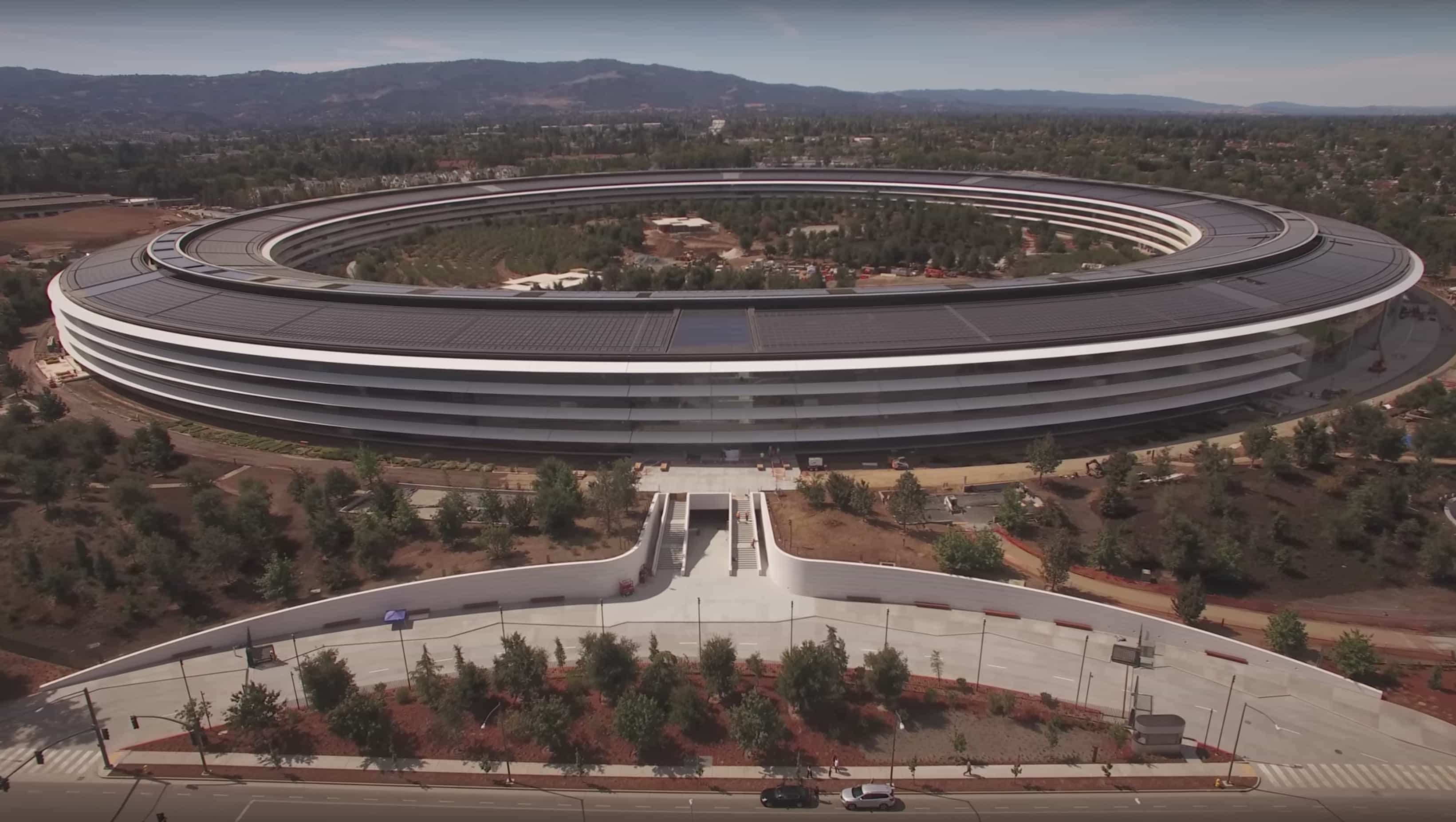
 November 19, 2013: Apple gets final approval from the Cupertino City Council to proceed with building a massive second campus to house the iPhone-maker’s growing army of workers in California. Regarding the new Apple headquarters, Cupertino Mayor Orrin Mahoney issues a simple message: “Go for it.”
November 19, 2013: Apple gets final approval from the Cupertino City Council to proceed with building a massive second campus to house the iPhone-maker’s growing army of workers in California. Regarding the new Apple headquarters, Cupertino Mayor Orrin Mahoney issues a simple message: “Go for it.”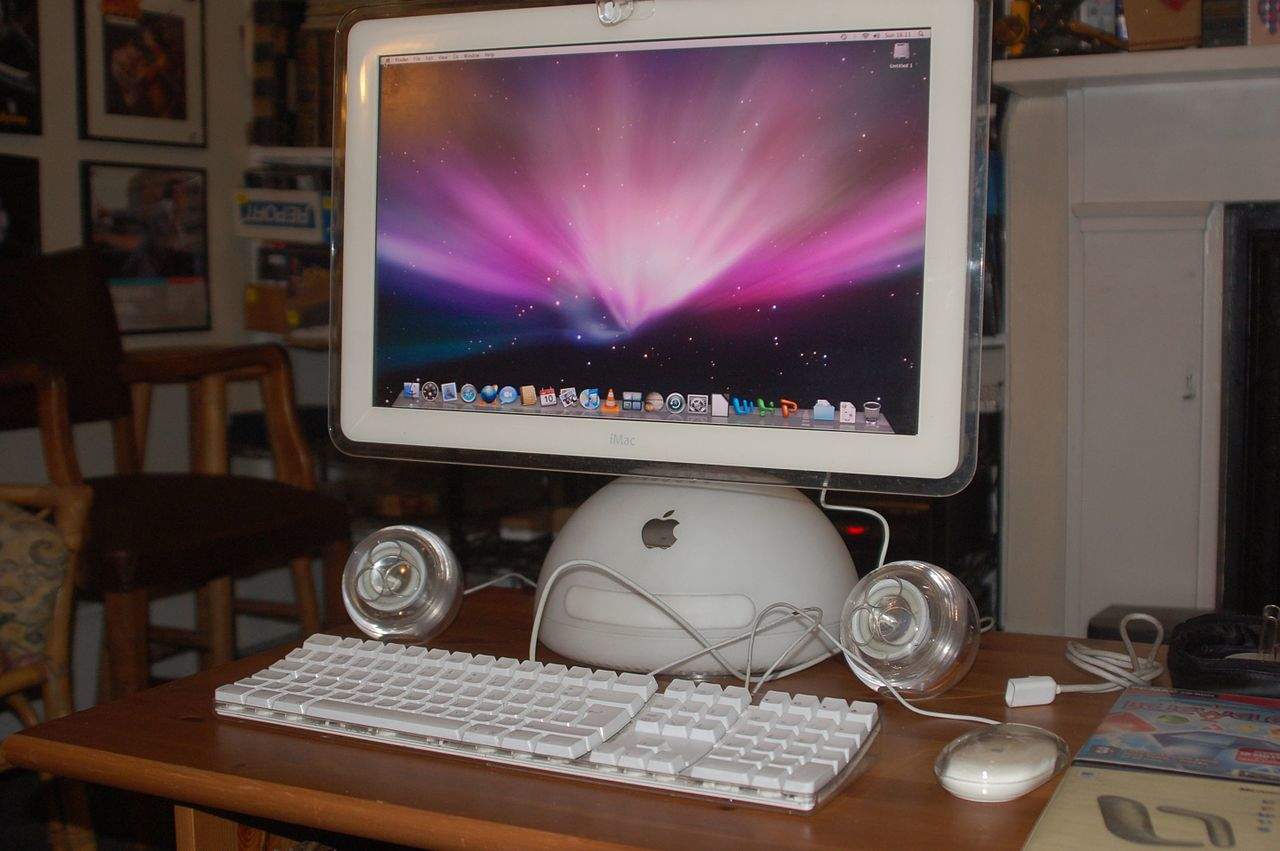
 November 18, 2003: Apple debuts a new iMac G4 sporting a 20-inch screen, the company’s biggest flat-panel all-in-one computer ever.
November 18, 2003: Apple debuts a new iMac G4 sporting a 20-inch screen, the company’s biggest flat-panel all-in-one computer ever.